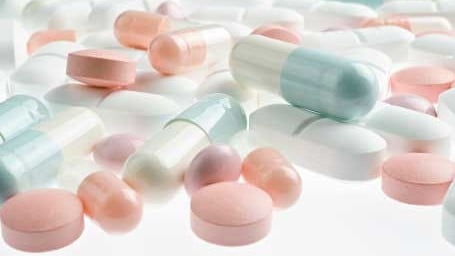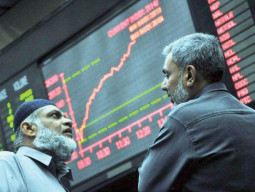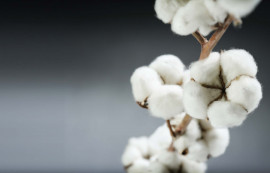
Local pharmaceutical exports grew by more than 15 per cent annually. It is expected that the worth of their annual exports will reach $1.3 billion by 2020 from its current annual exports worth of $150 million.
Multinationals now give orders to local pharmaceutical companies owing to their quality and the stateof- the-art machinery that they are using, explained the Chairman of the Pakistan Pharmaceutical Manufacturers Association (PPMA), Mian Asad Shuja-ur-Rehman.
He told the The Express Tribune that, “The share of local pharmaceutical companies in Pakistan will reach 85 per cent in 2020, which was only 15 per cent in 1992.
“One of the challenges our local pharmaceutical industry faces is getting their drugs registered, which what our growth as well as exports depends on,” he stressed. He added that delays in registration had been hampering growth in past few years.
We need firm policies to grow in the future. We need good pricing, firm drug imports and strong contract policies for the next 20 years to achieve the export target of $1.3 billion by 2020.
For this we will need the government to support us, though he said that fortunately the government has done a lot for the pharmaceutical industry, he stressed.
Also fortunately, Pakistan has no share in the world’s fake medicine market of $3.4 billion while India has a share of 70 per cent and Chinese share is 20 per cent share in this market.
Despite this fact, India has done very well with its pharmaceutical exports and poses huge challenges for Pakistan’s pharmaceutical industry.
Local pharmaceutical companies are competing well with the multinationals in Pakistan. “Some seven or eight years ago nobody would have even thought that the local pharmaceutical industry could grow at this rapid a pace and produce such high quality medicines,” a pharmacist who has worked in different local and multinational pharmaceutical companies in Pakistan told The Express Tribune.
He added, 10 years ago, no local pharmaceutical company could been in the top 20, but that now you can find at least 10 local companies in the top 20 pharmaceutical firms operating in Pakistan.
Though the local industry has shown tremendous growth in the last decade, there is a lot that can be done to improve it, said the marketing manager of Lahore chemical and pharmaceutical works, Khalid Zarrar Khawaja.
Khawaja, whose company is also a member of the Pakistan Pharmaceutical Manufacturers Association (PPMA) says that being a part of the PPMA, we believe that it is one the best platforms to deal with the problems of this industry.
“What we lack is the will. Both the private and public sectors need to increase their efforts against those that give the local pharmaceutical industry a bad name,” he said.
A few months back, Rehman Malik, federal interior minister gave a statement saying that over 50 per cent of local pharmaceutical companies manufactured fake medicines. S
uch ridiculous statements have been damaging the image of industry in local as well as export markets, he said. He added that it was the government that actually promoted corruption in the health sector. Governments should cancel the licenses of the pharmaceutical companies that are caught doing illegal things, but unfortunately this does not happen in the country, he ended saying.



1730959638-0/trump-(19)1730959638-0-165x106.webp)













COMMENTS (1)
Comments are moderated and generally will be posted if they are on-topic and not abusive.
For more information, please see our Comments FAQ